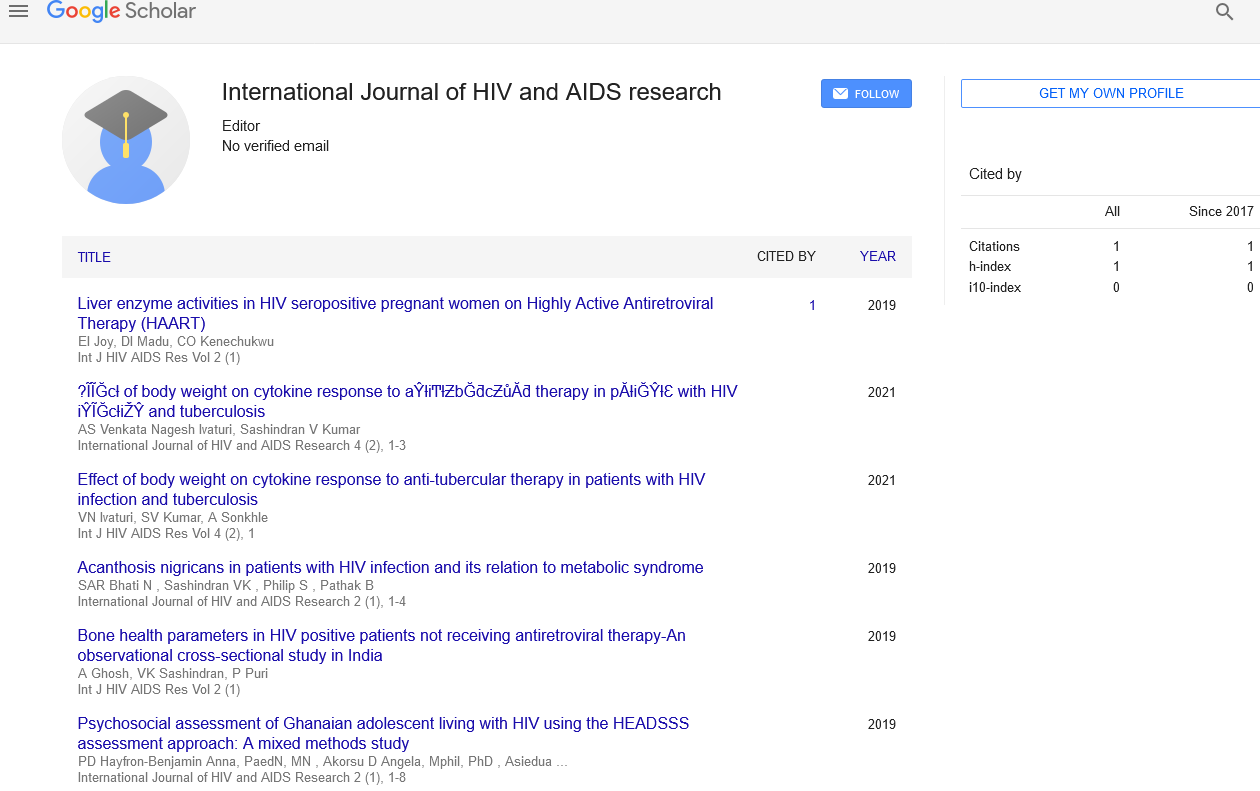Nanotechnology's Impact on Food Science
Received: 02-Jan-2022, Manuscript No. pulafsj-22-3932; Editor assigned: 15-Jan-2022, Pre QC No. pulafsj-22-3932(PQ); Reviewed: 31-Jan-2022 QC No. pulafsj22-3932; Revised: 02-Feb-2022, Manuscript No. pulafsj-22-3932(R); Published: 12-Feb-2022, DOI: 10.37532/pulafsj.22.6(1).02-03
Citation: Roy J. Nanotechnology's Impact on food science. App Food Sci J. 2022;6(1).
This open-access article is distributed under the terms of the Creative Commons Attribution Non-Commercial License (CC BY-NC) (http://creativecommons.org/licenses/by-nc/4.0/), which permits reuse, distribution and reproduction of the article, provided that the original work is properly cited and the reuse is restricted to noncommercial purposes. For commercial reuse, contact reprints@pulsus.com
Abstract
Nanotechnology has grown in popularity in recent decades as a promising technology that has altered the food industry. It is a nanometer-scale technology that deals with atoms, molecules, or macromolecules with a size of 1–100 nm in order to make and use materials with unique properties. The Nano materials developed have one or more external dimensions, as well as an internal structure, on a size ranging from 1 to 100 nanometres, allowing for the observation and manipulation of matter at the Nano scale.
Introduction
The nanostructured food ingredients are being produced with the promise of better taste, texture, and consistency. Nanotechnology is extending the shelf life of several types of food products and reducing the amount of food wasted due to microbial infection. Nano carriers are now being used as delivery systems for food additives in food products without affecting the core morphology of the product. Because only submicron nanoparticles may be absorbed well in some cell lines but not bigger size micro particles, particle size may have a direct impact on the distribution of any bioactive substance to diverse places inside the body. The qualities of an ideal delivery system are: I ability to deliver the active compound precisely at the target location, (ii) availability at a target time and specified rate, and (iii) efficiency in maintaining active compounds at appropriate levels for long periods of time (in storage condition). When nanotechnology is employed to create encapsulation, emulsions, biopolymer matrices, simple solutions, and association colloids, effective delivery systems with all of the above characteristics are created. Nano polymers are being used to replace traditional materials in food packaging. Nano sensors can detect food contaminants, mycotoxins, and bacteria, among other things.
Traditional encapsulation technologies are inferior to nanoparticles in terms of encapsulation and release efficiency. Nano encapsulations mask odours or tastes, control active ingredient interactions with the food matrix, control the release of active agents, ensure availability at a specific time and rate, and During production, storage, and usage, they must be protected from moisture, heat, chemical, or biological deterioration, as well as be compatible with other substances in the system. Because of their small size, these delivery methods can penetrate deeply into tissues, allowing for efficient distribution of active chemicals to target areas throughout the body. For increased bioavailability and preservation of active food components, many synthetic and natural polymer-based encapsulating delivery systems have been developed. Furthermore, the usefulness of nanotechnology in food processing can be assessed by looking at its impact on I food texture, (ii) food appearance, (iii) food flavor, (iv) food nutritional value, and (V) food shelf-life. Surprisingly, nanotechnology not only affects all of the aforementioned characteristics, but it has also resulted in substantial changes in food products, giving them novel properties. The ability of nanotechnology to view and regulate the material environment at a nano scale has enormous potential for construction progress. Nanotechnology, for example, can improve the strength and durability of cement, steel, wood, and glass.
Materials can develop a variety of new features by using nanotechnology. The application of photo catalyst and coating technology to a highly ordered crystal nanostructure of amorphous CS-H gel results in a new generation of materials with qualities such as water resistance, self-cleaning, wear resistance, and corrosion protection. There are extremely effective super plasticizers for concrete and high-strength fibers with extraordinary energy absorbing capability among the new Nano engineered polymers. Nanotechnology, according to experts, is still in its early stages of development and has the potential to improve traditional materials such as steel. Understanding the composite nanostructures of such materials and studying the various applications of nanomaterials could lead to the development of novel materials with enhanced features, such as electrical conductivity and temperature, moisture, and stress sensing capabilities.
Conclusion
The usage of nanometer-scale structures in the food industry has grown in popularity in recent years, resulting in a surge in interest and activity in this study area. Devices or materials based on Nano biotechnology are becoming smaller and more sensitive as the science advances.





